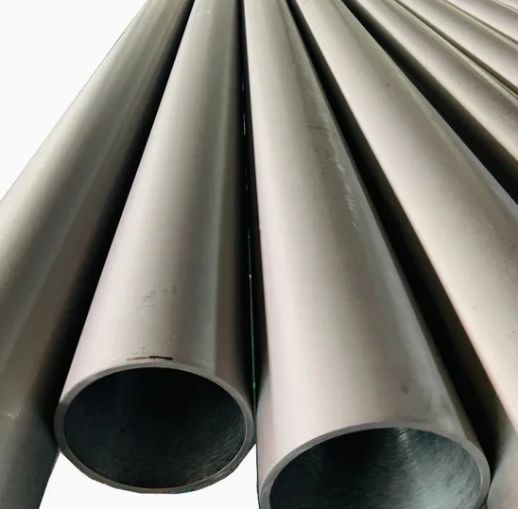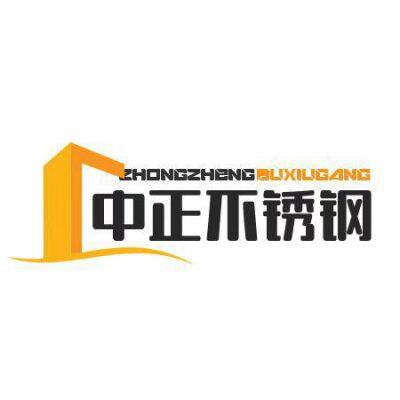Home > Blog > The application scenarios of different wall thickness series in stainless steel pipe size standards
-
 Laijing Bu
Hi there! Welcome to my shop. Let me know if you have any questions.
Laijing Bu
Hi there! Welcome to my shop. Let me know if you have any questions.
Your message has exceeded the limit.

The application scenarios of different wall thickness series in stainless steel pipe size standards
2025-07-15 12:49:08
The wall thickness series of stainless steel pipes is one of the core parameters for pipeline design and selection. Different standard systems (such as imperial and metric) have different ways of dividing and naming wall thickness, and their design intentions are directly related to application scenarios. The following provides a detailed analysis from three aspects: standard system, meaning of wall thickness series, and application scenarios:
1、 Imperial Standard: SCH (Schedule) Series
Applicable standards: ASME B36.10/ASME B36.19 (American standard seamless/welded pipe), API 5L (line pipe), etc.
Core logic: Divide wall thickness based on nominal pressure levels, represented by SCHXX (where XX is a number). The larger the value, the thicker the wall thickness and the stronger the pressure bearing capacity.
1. Calculation method of SCH series
Figure 1
The allowable stress is related to the temperature and strength of the material (for example, the allowable stress of 304 stainless steel at room temperature is about 13700 psi).
Common SCH series: SCH5、SCH10、SCH20、SCH30、SCH40、SCH60、SCH80、SCH100、SCH120、SCH140、SCH160。
2. Typical wall thickness and application scenarios
Figure 2
3. Precautions
The difference between having S and not having S:
S (such as SCH10S, 40S): suitable for stainless steel pipes, with higher allowable stress values for wall thickness calculation, and thinner walls than carbon steel pipes at the same SCH value.
Without S (such as SCH10, 40): default suitable for carbon steel pipes, thicker wall thickness.
Correlation with nominal diameter (NPS): For the same SCH value, the larger the pipe diameter, the thicker the actual wall thickness (e.g. SCH40 for NPS 12 has a wall thickness of 4.57 mm, much thicker than 3.56 mm for NPS 4).
2、 Metric standard: Wall thickness grade (such as GB/T 17395)
Applicable standards: GB/T 14976 (Stainless Steel Seamless Pipe), GB/T 12771 (Stainless Steel Welded Pipe), etc.
Core logic: Directly labeled with * * nominal wall thickness (mm) * *, some standards refer to the British SCH series and convert to integer wall thickness for easier processing and measurement.
1. Classification of wall thickness series
Thin walled series: Wall thickness ≤ 3 mm, such as 1.0 mm, 1.5 mm, 2.0 mm, 2.5 mm, 3.0 mm.
Applications: Decorative engineering (such as railings, furniture), food and pharmaceutical equipment (requiring smooth inner walls), low-pressure fluid pipelines (such as drinking water, compressed air).
Mid wall series: 3 mm Application: Industrial pipelines (such as chemical medium transportation, HVAC chilled water pipes), mechanical structural components (such as shaft sleeves, hydraulic cylinder barrels). Thick walled series: Wall thickness>8mm, such as 10mm, 12mm, 16mm, 20mm and above. Applications: High pressure vessels (such as reactor connections), subsea pipelines, nuclear industry pipelines (requiring radiation resistance and high pressure), large structural supports (such as bridges, building steel structures). 2. Corresponding relationship with the British SCH series Picture 3 3、 Special Wall Thickness Series and Industry Applications 1. Chemical industry: HG/T 20537 and other standards Thin walled stainless steel pipe (wall thickness 1.5~3mm): used for transporting high-purity gases and pharmaceutical fluids (such as injection water pipelines), requiring inner wall polishing (Ra ≤ 0.8 μ m) to avoid medium retention and pollution. Thick walled alloy steel pipe (such as 316L+SCH80): used for strong acid (such as sulfuric acid, hydrochloric acid) or high temperature (>500 ℃) media, it needs to be designed with corrosion allowance (such as adding an additional 1-2 mm wall thickness). 2. Oil and gas industry: API 5L X series Pipeline wall thickness: graded by PSL1/PSL2, the wall thickness increases with the increase of steel grade (such as X52, X65) and conveying pressure. For example, a gas pipeline of X65 steel grade (pressure 10 MPa) may use a wall thickness of 12.7 mm, corresponding to the imperial SCH120 grade. Subsea pipeline: Additional wall thickness is required to resist external water pressure (such as when the water depth is 1000 meters and the external pressure is about 10 MPa, a wall thickness of 20 mm or more is required). 3. Building Decoration Industry: GB/T 18705 Extremely thin-walled stainless steel pipe (wall thickness 0.8-1.2mm): used for indoor decorative railings and handrails, it needs to balance aesthetics and light load-bearing (such as human leaning load), often using 304 stainless steel to resist fingerprint corrosion. 4. Aerospace and nuclear power industries Customized thick walled tube: With a wall thickness of over 30mm, it is manufactured using seamless extrusion technology and is used for rocket fuel delivery pipelines (requiring resistance to ultra-high pressure and low temperature) and nuclear reactor coolant pipelines (requiring resistance to radiation and high temperature creep). 4、 Core factors for wall thickness selection 1. Pressure and temperature: The higher the pressure, the thicker the wall thickness needs to be (refer to the pressure temperature table in ASME B31.3 process pipeline standard). The strength of the material decreases at high temperatures, and it is necessary to increase wall thickness compensation (for example, the allowable stress of 310S stainless steel at 800 ℃ is only one-third of that at room temperature). 2. Medium characteristics: Corrosive media (such as seawater, acid solution) need to reserve corrosion allowance (usually increasing wall thickness by 1-3 mm). High viscosity or particle containing media (such as slurry) need to consider erosion and wear, and choose thick walled or lined wear-resistant materials (such as bimetallic composite pipes). 3. Installation environment: Buried pipelines need to resist soil stress, and their wall thickness is usually 1-2 levels thicker than that of overhead pipelines. Vibration environments (such as compressor outlet pipelines) require an increase in wall thickness to reduce the risk of fatigue rupture. 5、 Comparison Example of Chinese and Foreign Standards (Taking DN100 as an Example) Picture 4 summarize The essence of the stainless steel pipe wall thickness series is the balanced design of pressure strength environment: Thin walled tube: focusing on economic cost and lightweight (such as civilian and decorative); Medium wall pipe: balancing performance and universal requirements (such as most industrial pipelines); Thick walled pipes: Focus on safety under extreme working conditions such as high pressure, corrosion, and heavy loads. In actual selection, it is necessary to combine standard specifications (such as ASME, GB), calculation software (such as CAESAR II stress analysis), and industry experience to ensure the safety and reliability of the pipeline system.
Tags: Imperial Standard: SCH (Schedule) Series, Metric standard: Wall thickness grade (such as GB/T 17395), Special Wall Thickness Series and Industry Applications


